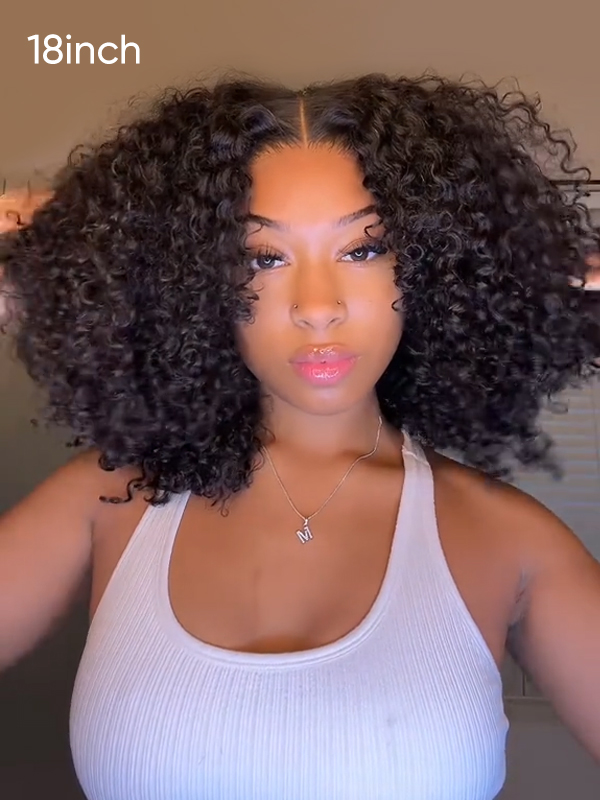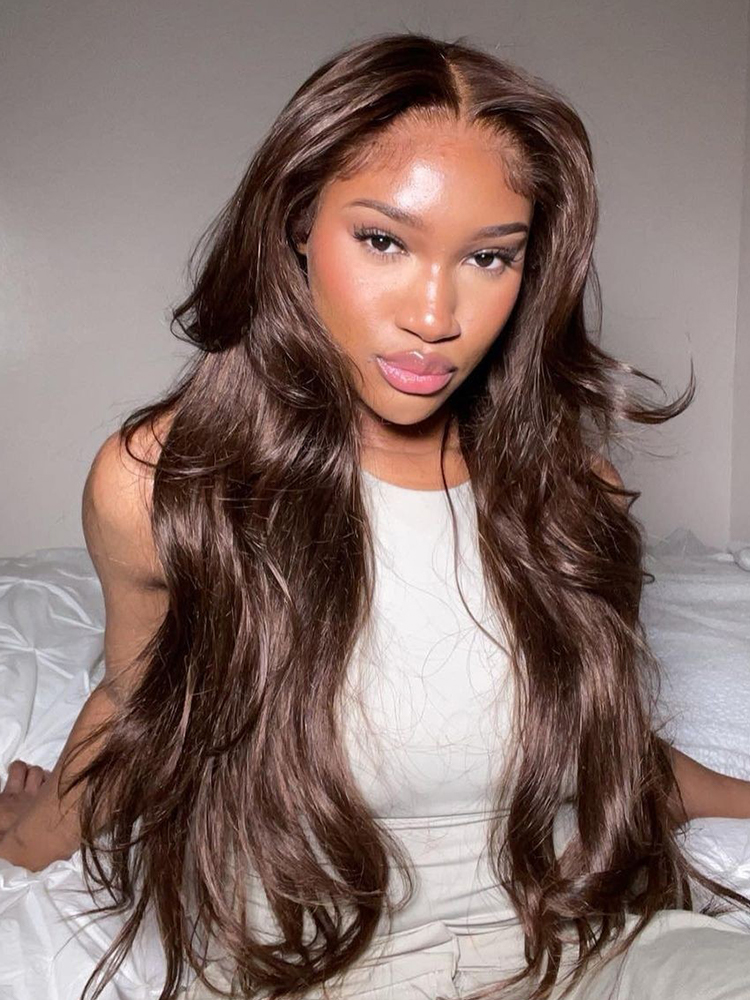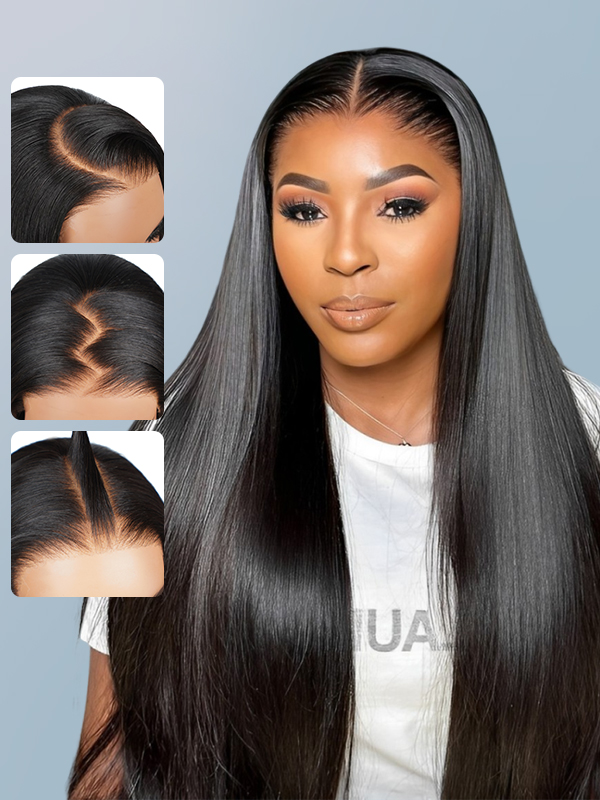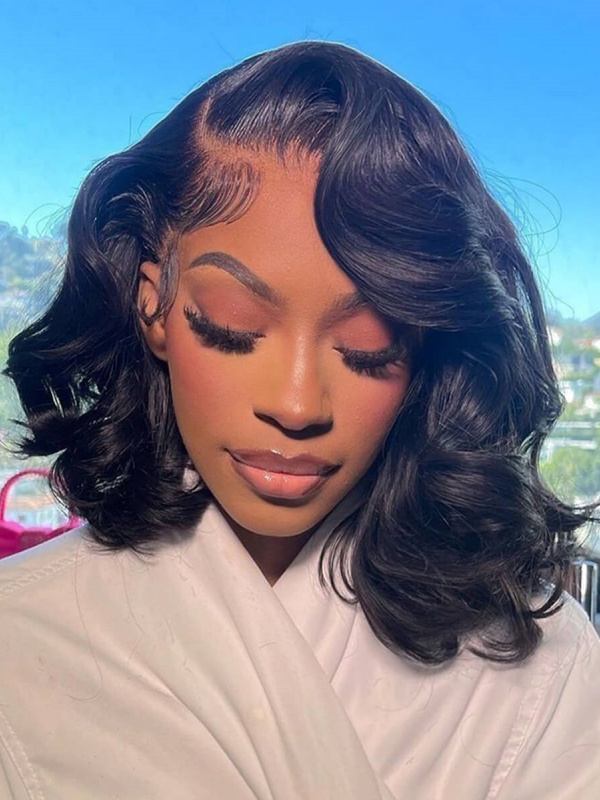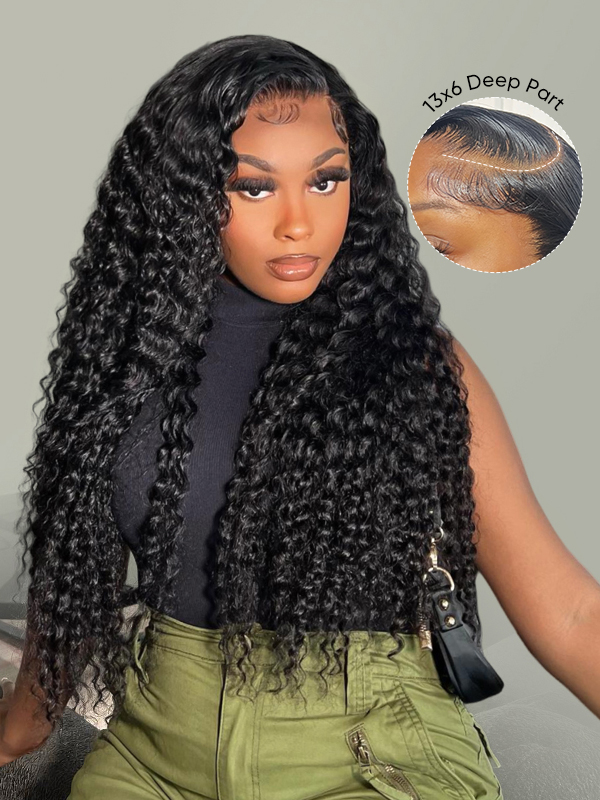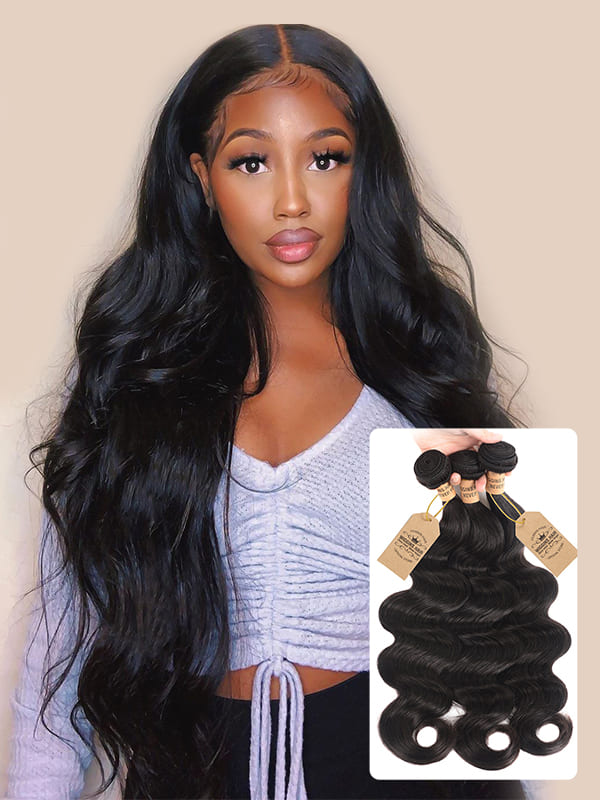This article will help you learn how to wear a wig with long hair by braiding, pinning, and securing it for a smooth, natural-looking fit.
At first glance, wearing a wig over long, natural hair might seem intricate, but this could not be further from the truth. The main preparation and packaging problem, of course, is the bulk. The first goal is to learn how to wear a wig with long hair and get the natural, long hair secured and arranged in such a way that both its volume and length are kept in check so as not to preclude the wig from that all-important snug fit.

Preparing Long Hair for a Secure Foundation
Achieving a smooth, clean surface is inarguably the most pivotal step in wig application; if a person's hair is not clean and well-combed, the opposite will be true for the wig's appearance.
Furthermore, a lack of neatness of any kind during the stage of wig prep will result in unevenness underneath and/or above the wig, causing the wearer to inevitably be uncomfortable and/or self-conscious.
For the average woman with below-the-ear length, straight hair, achieving wig prep perfection is somewhat manageable; however, for a woman with thick, curly, or long hair, the accomplishment of wig prep perfection tends to teeter more toward the unrealistic side.
Women tend to utilize various means to make their hair fit into and underneath the cap; methods of doing so include flat-twisting the hair (which I have done in the past), corn-rowing the hair (which is a tad uncomfortable for some), or simply braiding the hair into several small braids.
Using Wig Caps to Maintain a Natural Finish
After braiding or flattening the natural hair, the next step is to use a wig cap, which acts as a protective and smoothing barrier between your natural hair and the wig itself. This layer keeps all the hair in place and prevents any friction and breakage from happening, especially for those who wear wigs frequently. A mesh or nylon cap helps compress the long hair further, keeping the wig secure and in place while you wear it.
In some cases, double layering with two wig caps offers added security and helps tame even the most stubborn flyaways. It’s essential to smooth the wig cap out thoroughly, especially along the edges and crown, to prevent any lumps from forming that might mess with the wig’s appearance.

Positioning and Adjusting the Wig for a Seamless Look
Achieving an undetectable and polished wig is all about placement. Once the natural hair is secured and the wig cap is in place, the next step is to put the wig on. It should be aligned with the natural hairline and adjusted until the front lace, parting, and ear tabs sit symmetric and comfy. Straps inside the wig can be adjusted so that the wig is secure but not digging into the scalp.
This is especially important for people with long hair, whose braids may be pulled on if the wig is not placed carefully. And if the wig doesn't have a way to adjust it inside, using adhesive, wig grips, or clips along the hairline can increase hold, especially during longer wear times.
Maintaining Comfort and Longevity While Wearing Wigs
Comfort is the cornerstone of successful long-term wig wearing, especially when you're tucking long hair underneath for hours at a time. If you wear wigs regularly, it’s important to look for breathable wig caps and lightweight designs to help prevent heat buildup and scalp irritation.
Experts often suggest giving your scalp regular breaks, just as you would with natural hairstyles that involve tight tension or full coverage. Allowing the scalp to breathe can go a long way toward maintaining both comfort and scalp health over time.
Styling Tips for a More Realistic Appearance
Securing the wig is just the first step; styling it correctly is the next. Wig and styling techniques contribute significantly to achieving a natural look, even when long hair is hidden underneath.
Natural hair growth and the illusion that the wig is your hair can be mimicked with baby hairs, lace melting, and strategic parting. Tools of heat not only help the wig blend into your face shape but also make the wig styling look lifelike overall.
With long-haired wigs, styling distractions become even more key. Heat tools, for instance, can be used to "blend" the wig into your face shape for a more seamless look. Styling distractions can also be achieved with added volume and strategic parting. Knowing how to wear a wig with long hair becomes even more useful when paired with flattering, confidence-boosting styling tricks that enhance realism and personal flair.
Washing and Reinstalling for Repeated Use
When you wig regularly, keeping everything clean is key to good hygiene and the longevity of both the wig and your natural hair underneath. This starts with removing the wig and taking down any cornrow braids or other protective styles that keep your long hair safe from the wig.

Next, wash your scalp and everything that needs it with a wig-safe shampoo, followed by deep conditioning that won't oversaturate the wig's hair or your own.
After that, wring out more moisture than usual from the long hair, and braid it (with wig caps under the wig) to reduce the chance of too many oils making long hair look greasy or shiny when the wig is on. The result should be fresh hair inside and out! Feeling fresh in both wig and real hair? Now you're ready to wear the wig again!
Recommendation
If you want good wigs that can handle very long hair and still let you choose from a dizzying array of styles, textures, and lengths, WIGGINSHAIR is your destination. How to wear a wig with long hair? We have a wig collection made almost entirely of high-quality human hair; the caps on these wigs are so breathable that you'd think the wigs were made to be worn in the summer sun.



